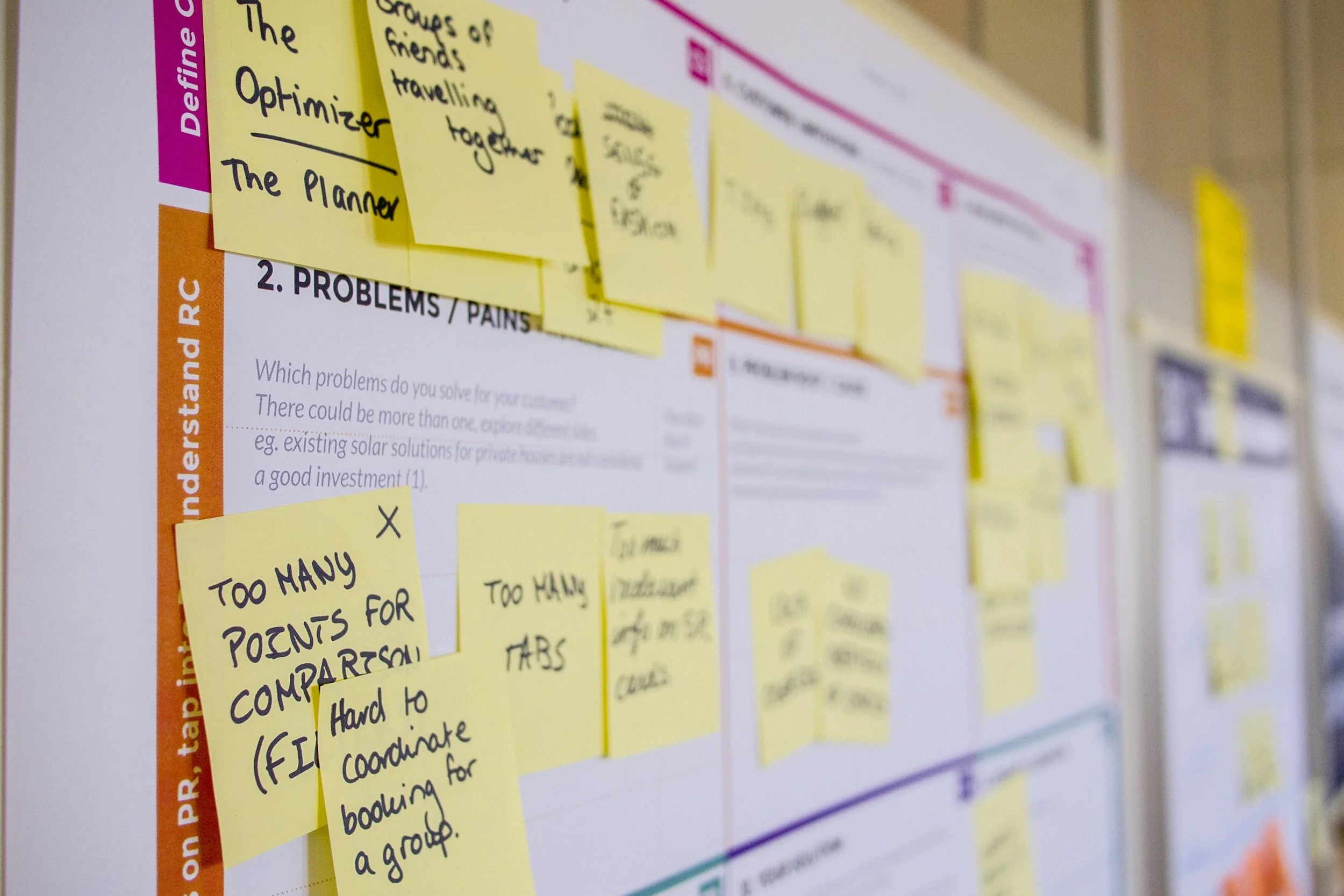So, You’re Analytical
Here are some tools you can use to best harness your data-driven thinking!
You’re data-driven.
You need a process that can work well for your critical and evidence-based thinking. Choose something that allows you to quantify your options and utilize your analytical prowess. Ideally, your process allows you to pick apart the problem and see evaluate exactly what actions need to be taken.
Here’s a good approach that might work best for your evidence-driven thinking style.
The Decision Tree
In order to best use your analytical mind, you need a decision-making model that helps you find and see the benefits and detriments of each choice easily and quantifiably. The Decision Tree is a flowchart-like model that helps you understand how different factors relate to the final outcome. It’s both visually interactive and helps to identify a path that has the highest probability of getting a favorable outcome. Here’s how to make a simple one.
First, we Identify the problem. This will be the “root” of your tree.
Gather your potential options. Add them underneath your “root”.
Break your initial options into smaller, more manageable sub-problems. What steps and options fall under these smaller problems?
Continue this process, breaking the issue down into the smallest possible steps to take.
Evaluate the outcomes and make a choice!
This is an example of a very simple decision tree. Decision trees can utilize statistics and probabilities to get an even finer degree of certainty in your decision.
Does it really work?
The Decision Tree model is used in statistics and machine learning to maximize the likelihood of making the correct decision in situations with a lot of data.
What are some studies that support this?
-
This 2008 article studied how the Pareto distribution applied to the amount of people driving most of the sales at a convenience store. It noted that the distribution followed this principle, where about 20% of the customers accounted for 80% of the stores sales. Imagine how effective the store could be if it focused on that 20%!
-
This article written in 2000 noted the same pattern, but in the software industry. Oftentimes, roughly 20% of modules caused 80% of the software’s operational faults - showing the importance of tackling that pesky 20 percent.
Some Resources
Here are some tools you can use to best utilize your analytical thinking and make the hard decisions a little bit easier







